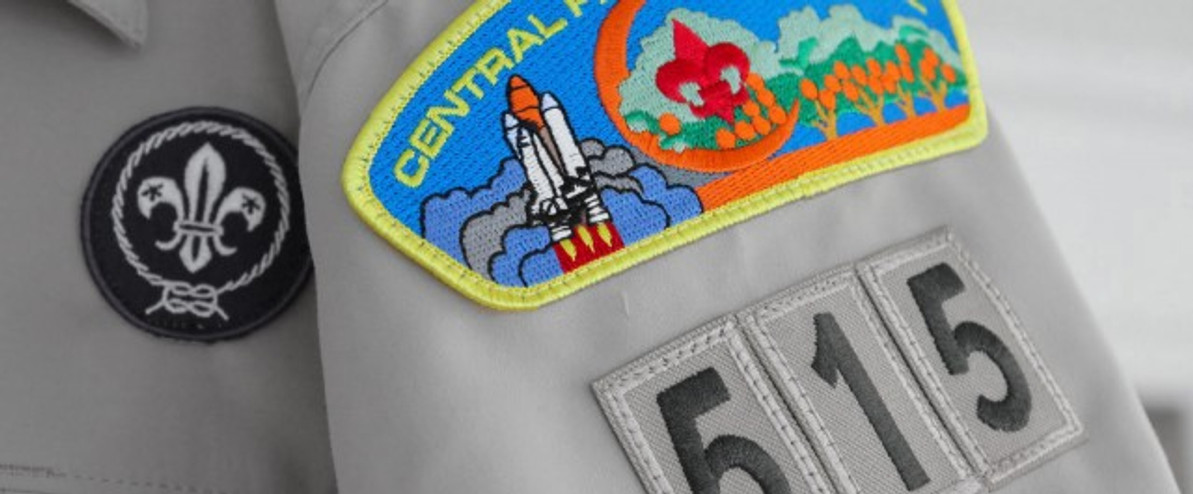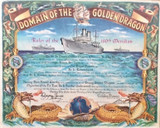Sewing a Patch to Clothing
Embroidered patches are a great way to cover up holes or tears in clothing or add some flare to your uniform and apparel. They can enhance your jacket back or show your support to your military brethren. Applying a patch depends upon the type of backing that accessory has, and we will be focusing on attaching sew on patches in this article.
To properly sew on a patch you need to have a couple of items handy:
- A needle (a size 12 should suffice for most applications but a heavier gage may be in order for thicker fabrics and leather)
- Thread (choose a color that is similar to the edge of the patch or the color of the garment)
- Scissors
- Pins (for securing the patch while sewing it)
- A thimble (especially helpful when you have thicker material)
- An iron and ironing board
After gathering your supplies now we begin.
First, iron the garment where the patch is to be attached so that there isn’t any bunching or puckering when the process is complete. This will also help in keeping the patch in place while you are sewing.
Second, put the patch in position, secure it in placewith the pins, and then try on the garment with the temporary placement to confirm it is as you want. Now thread your needle and tie a knot in the end to start the sewing process.
Third, start by putting the needle through the garment on the topside slightly toward the center of the patch so that the knot will be hidden by the patch when complete. Now come back up through the garment to catch the edge of the patch and then move around the edge of the patch with each stitch about 1/4 inch apart, removing the pins as you go.
Fourth,when you have sewn all the way around the edge of the patch, knot the thread and pull the needle through between the patch and the garment. Now cut the ends of the thread a little past the knot about half an inch and then tuck the ends under the patch.
You’re all done! Congratulations.
Extra notes:
- If you have trouble pushing through the garment with the needle, try using the thimble as it will help the process.
- Many patches have iron on backing these days and can be attached with an iron first and then secured by sewing as well. This way the patch won’t come up at the edges over time.
- You may choose to use a sewing machine instead. If so, use a top thread that matches the edge of the patch, and use a bobbin thread to match the garment. Ensure the foot of the machine can handle the extra height of the patch and garment and make certain the tensions are correct so the bobbin thread does not come through and show on the patch.
Recent Posts
-
What is a Shellback in The Navy & How Are Individuals Initiated?
The Navy has its share of ceremonies and traditions that date back centuries in the western arena of …Jul 20th 2022 -
What is the Domain of the Golden Dragon & How Are Individuals Initiated?
The Domain of the Golden Dragon is type of highly coveted award granted to the crew members of the U …Sep 1st 2020 -
The Cuban Missile Crisis: Thirteen Most Dangerous Days of the Cold War
The Cuban Missile Crisis was a thirteen-day period during the Cold War where mankind came closestto …Aug 13th 2020





